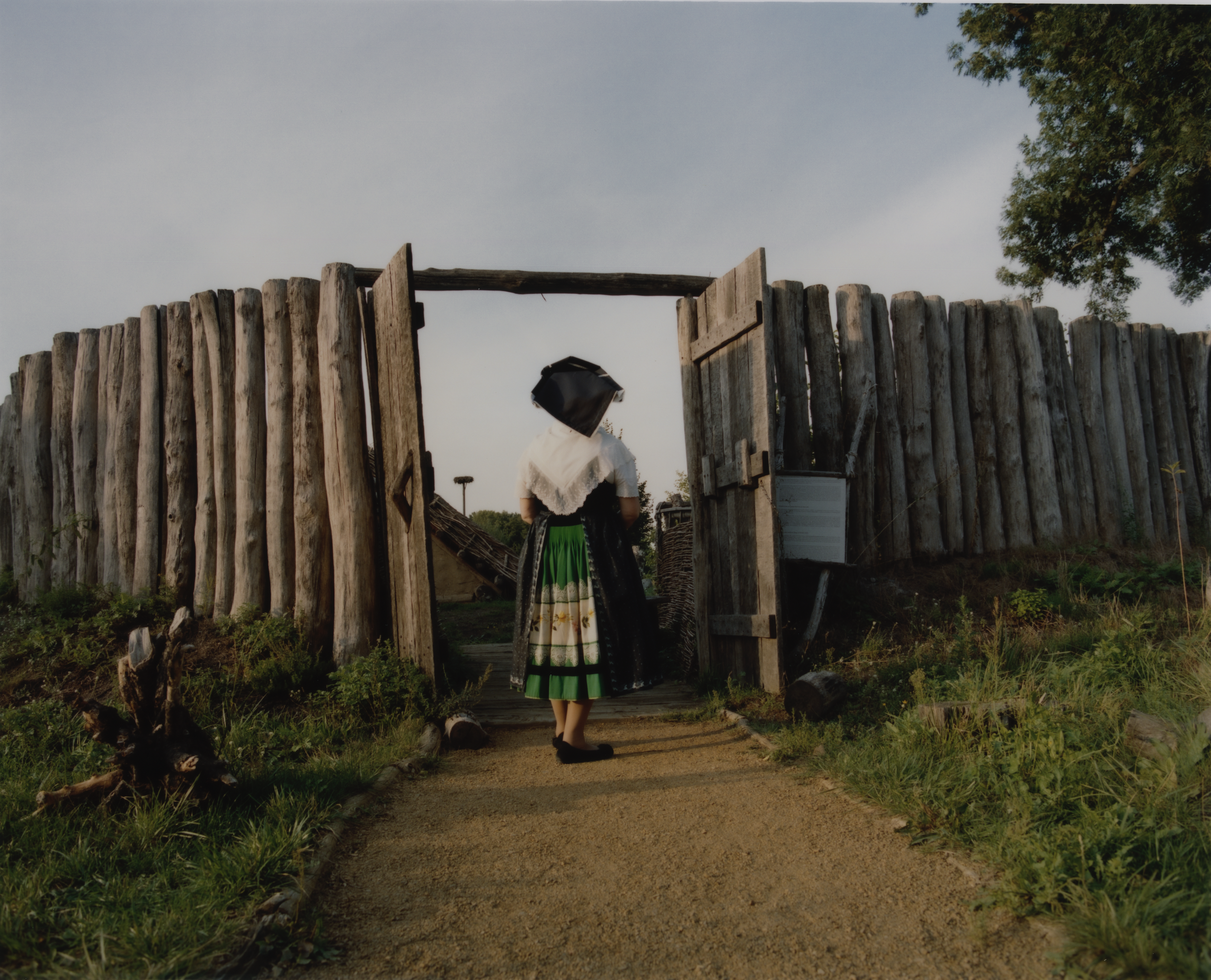“The sun sets over Lübbenau's crowded little harbor as 13-year-old Elissa shows us around, pickled cucumber and smoked eel in hand. Her whole family still lives in the area, Grandma sewed the girl's beautiful festive costume. Took her eight months. Elissa can't wait for next year's Fastnacht, one of the Sorbs' most sacred holidays, to show it off. She already got her dancing partner, a Sorb from a neighboring village.”
The best way to discover SpreeWald is by boat. Wald is German for forest, Spree is the river that at some point runs through Berlin, Berlin was founded by the Sorbs: a Slavic nation that still inhabits this UNESCO biosphere reserve, rich in culture and hay, in pickled cucumbers and flax in different stages - but maybe richest in traditional costumes. Every tiny village has its own. Every part of social and religious life has its own. There were times where you could spot a woman from far and immediately tell which part of the region she was from, whether she was married and what she was about to do. There were times. But even today, as the Sorbs in the area add up to no more than 60000 and clothing has become a bit more pragmatic - the ancient customs are still alive in the swampy woods between Schlepzig and Lübben, between Burg and Lübbenau.
„These haystacks over there are a sign for wealth. Each stack feeds one cow for one winter. Who owns cows, has power“, says Yvonne Huber as we jump off the barque’s velvety benches. Baskets with plum schnapps are hidden underneath, waiting to entertain the tourists on their cozy cruise. The boats are long and thin. They are because the Spree runs through the forest in long-stretched branches. While some are natural, some were added to supply the whole ecosystem with water. „Broken woods“ is the direct translation of the German term; yet the whole ensemble is very vivid. You can smell the water hasn’t really moved in aeons, but the wood’s just been polished. A mesmerizing mix. Warm rays flicker through the alder leaves. Yvonne has a springtime-forever-tan, elegant gondolier-hands, and wears one of her celebration day costumes. That’s five and a half meters and five kilos of cloth, wrapped around the body and held together by pins only. „Putting this thing on is almost as artful as producing it“, Jaqueline Fischer tells us. „These are brand new, by the way. There are several ateliers who can still live on producing costumes.“ Of course, she inherited her great-grandmother’s dresses, too - but keeps them locked in a box. „What’s passed on to you is meant to be passed on again, right? Not worn.“
Marga Morgenstern disagrees. A living legend (everybody we met was eager to tell us to say hi to her), the 85-year-old has written volumes on Sorbian history, several cook books on ancient Sorbian cuisine, poems and songs. She sports her grandmother’s Sunday church costume and Lübben’s typical hat as we stroll in front of the small town’s castle. While her mother had 27 different costumes for all types of activities, she still owns seven. Does that mean life has become less complex? Not really, she laughs. But indeed, since few people work in the potato fields anymore, all the work costumes have disappeared. Young Sorbs do wear the artful wardrobe with pride, but without the strict rules. „One time I told some Chinese visitors that wearing a red underskirt means that a woman is unmarried. Later at the village fair, they almost went crazy at the sight of all the single ladies. The only tiny problem was: all of them were married. Red was just in fashion that summer.“
/








y
2020
ph
stefan dotter
w
manuel iljitsch
m
revue beauty
2020
ph
stefan dotter
w
manuel iljitsch
m
revue beauty